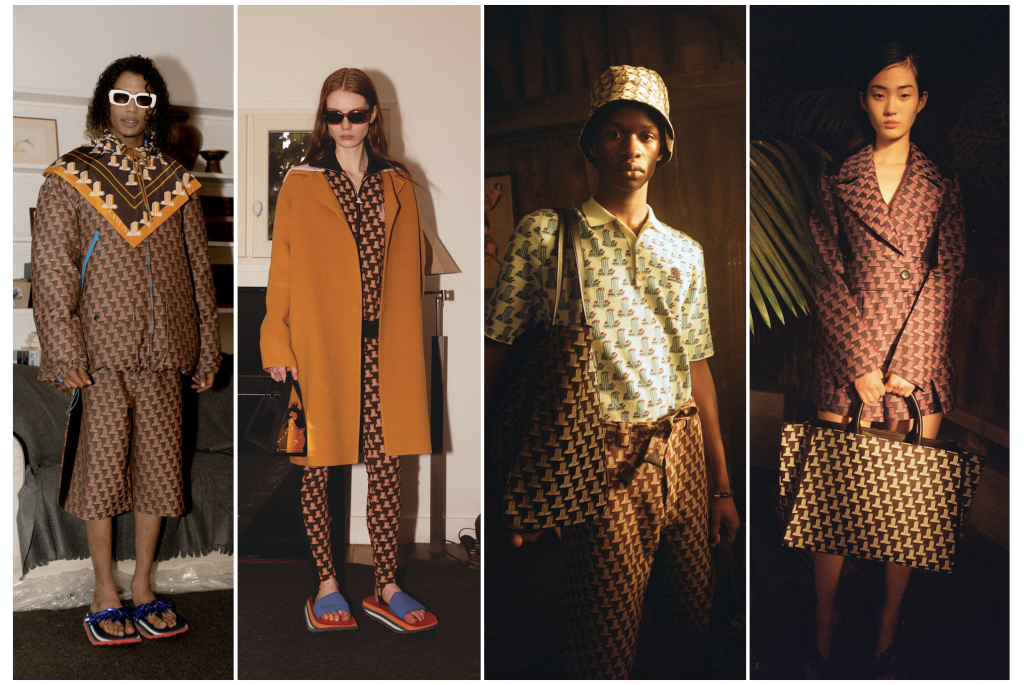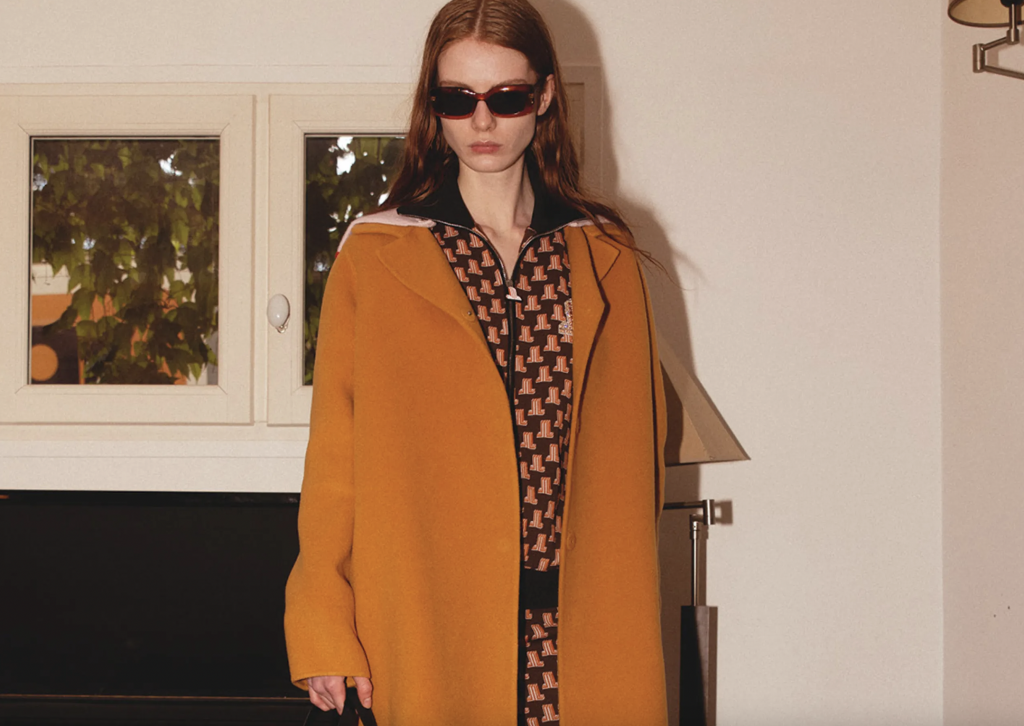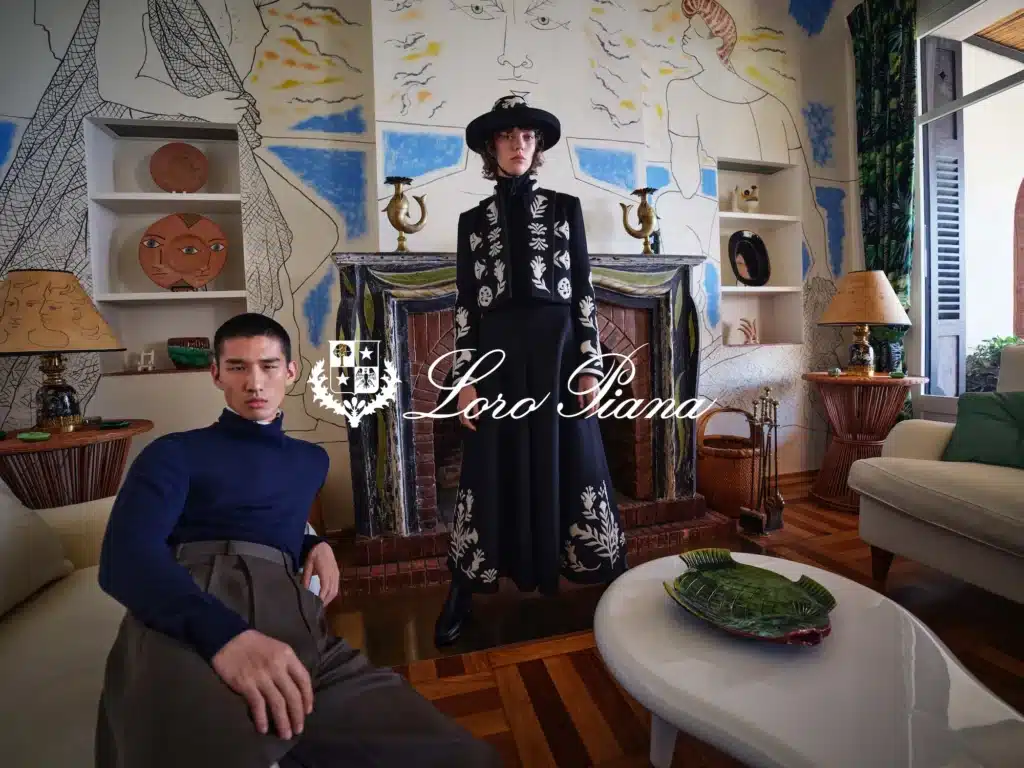Founded by French fashion designer and entrepreneur Jeanne Lanvin in Paris in 1889, Lanvin has cemented itself into the French fashion landscape over the past 132 years thanks, in large, part to its ready-to-wear. Lanvin’s longstanding focus on garments – from the Ms. Lanvin’s signature robe de style silhouette (and use of color) to former Lanvin creative director Alber Elbaz’s unmatched construction of ruffles and eye-catching adornments – has meant that the brand, which maintains the title of the oldest French fashion house in operation, has lacked the equally robust arsenal of accessories. In other words, it largely lacks the often logo-emblazoned accessories that enable big, conglomerate-owned fashion brands to generate revenues reaching into the billions. However, it seems that current creative director Bruno Sialelli may be trying to change that.
Almost two and a half years into his tenure at Lanvin, Mr. Sialelli – who got his start at Nicolas Ghesquière’s Balenciaga and ultimately landed at Loewe under J.W. Anderson before taking the top spot at Lanvin – showed his latest collection for the brand this week. And among the fringe-trimmed frocks, flowery button-up shirts, an array of compelling coats (from a pink leather one for her to a waves-adorned one for him), and airy suits was a particularly striking element: a pattern that brings together the letters “J” and “L”, a nod to the house’s late founder. The “JL” pattern – which follows from Mr. Sialelli’s debut of his “J” and “L” centric “Maze” print for Fall/Winter 2019 – appears on everything from a wide-lapelled jacket, tie-waist trousers, and an old-school tracksuit to the real money items, i.e., sandals, bucket hats, scarves, and of course, bags.
Lanvin is not the only brand to adopt a new print in recent years. In fact, a few seasons after Sialelli first showed his Maze pattern during his debut in 2019, Versace introduced “La Greca,” the pattern that the brand trotted out for Fall/Winter 2021 and that it has called a “contemporary rework” of its “iconic Greca motif.” Looking back a few years before that, Burberry took on a similar initiative under the direction of creative director Riccardo Tisci – and in collaboration with Peter Saville – by debuting a new “TB” monogram and plastering it across buildings, cable cars, giant teddy bears, and beach chairs across the globe in a truly largescale branding exercise. There are many other examples, as well.
These branding-centric efforts are some the latest in a longstanding industry practice, one that has “historically” seen patterns “attached to fashion houses,” according to Base Design creative director and founding partner Thierry Brunfaut, who says that the adoption of these particular assets by luxury houses and high fashion brands has been so pervasive that it a “pattern – preferably one that uses the brand or its founders’ initials – seems to be a necessary (if not mandatory) code in luxury fashion.” Against that background, he says that it is not uncommon for “nearly every new head designer entering a fashion house to automatically dig through the archives hoping to find something, such as an old pattern, to bring back to life.”
As for the impetus behind the enduring push to introduce new prints and/or revive old ones, it is at least two-fold. Primarily, having an identifiable visual asset that can be used across various collections and various products can help to improve sales and margins. After all, when house patterns “take off and become popular there is no limit,” King & Partners CEO Tony King told TFL. “Look at Goyard, Burberry’s Nova check, even Thom Browne’s stripes – a product with the right pattern, a pattern that communicates to consumers, ‘I’m a part of XX designer brand,’ can boost [product] turnover and command higher prices.”

Chances are, this is part of what Sialelli is aiming to achieve, particularly given Lanvin’s lack of an accessories business that is comparable to its bigger peers. (To be fair, few do.) And such a revenue and bottom-line enhancing initiative makes sense, as Lanvin has, in fact, fallen under the umbrella of a conglomerate since it was acquired by Fosun Fashion Group, which is in the process of building out what looks like it might be China’s equivalent of an LVMH or a Kering. (In addition to acquiring Lanvin in 2018, Fosun has built out its fashion division to include majority stakes in Sergio Rossi, Wolford, Caruso and St. John, among others.)
This is also the goal driving the push for a new print by Versace, which John Idol, the CEO of its parent company Capri Holdings, said this spring “represents the largest growth opportunity for Capri as we continue to believe revenue will increase to $2 billion.” Idol asserted in an investor call this spring that La Greca is expected to “significantly accelerate the trajectory of Versace’s revenues, as it expands the brand’s portfolio of recognizable iconic pillars.”
Beyond boosting revenues, the introduction and use of branded patterns also serve to increase brand awareness without saturating the market with bold logos, and potentially, turning off consumers who may be seeking somewhat quieter displays of luxury – including in the wake of the pandemic – as opposed to bold displays of conspicuous branding. With this in mind and presumably in favor of adopting an asset with potential longevity, brands tend to look for “devices, such as a repeating pattern, stripe, etc., so they can build up brand recognition without having to have their logo plastered all over products,” King says. While many consumers “want other people to know that they are wearing – or carrying – a certain designer,” they do not want to “have the brand name written in big letters across those products.”
A pattern, such as Lanvin’s Maze – one that looks more like a geometric print than a repeating logo at first glance – and corresponding “JL” print, is a way of achieving that effect.
Brunfaut adds that brands can also reach a significant number of consumers – and build significant awareness – by way of patterned apparel and accessories. “Patterns have an undeniable advantage: people literally ‘wear’ the brand (on accessories or on garments),” which enables consumers to communicate their status to the world (via the age-old practice of conspicuous consumption), and also allows brands to benefit at the same time from such walking – or maybe better yet, Instagramming or TikToking – advertisements.
The possible downside of this exercise is, of course, the issue of market saturation and the effect that has on the appeal of brands that have long marketed themselves as “exclusive” and derived value from that perception. “The embrace of a luxury brand by populist culture can spark a boardroom panic because quite often those embraces are short lived and then the brand is dead in its tracks,” per King. “A nice pattern may be a more subtle way of building that brand” than brazen logos that might be more likely to overwhelm or off-put when purchased and displayed in significant quantities.














